10 Birds With The Longest Wingspan
With wingspans over 10 feet wide, the largest flying birds in the world make even the biggest planes look tiny in comparison. Their immense size allows them to soar for hours without flapping their wings, riding air currents and thermals to stay aloft.
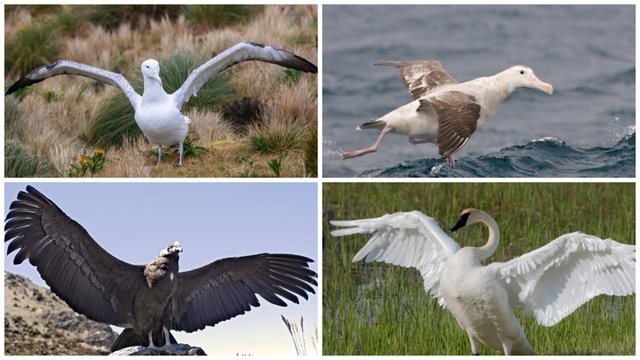
From ocean gliders to forest dwellers, these mega birds have evolved to survive in ecosystems across the globe. Their giant wings provide power and stability, helping them migrate vast distances or snatch large prey from land and sea.
Let’s take off on an exciting journey to meet the 10 record-setting birds with the widest wingspans on Earth!
10. White-tailed Eagle: Wingspan: 7.5 ft
Kicking off our countdown is the mighty white-tailed eagle. As Europe’s largest bird of prey, it dominates the skies of coastal areas from Greenland to Russia. When hunting, the white-tailed eagle uses its incredible vision and massive yellow talons to snatch up fish, waterbirds, and small mammals.
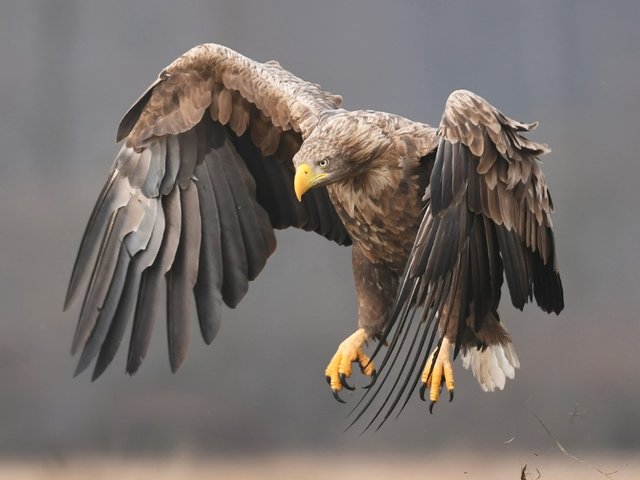
Despite its size, this powerful predator takes flight with ease, letting out a high-pitched call that echoes over its marine domains. By riding thermals along shorelines, the white-tailed eagle effortlessly travels over 155 miles in a single day during seasonal migrations.
09. Himalayan Vulture: Wingspan: 9.2 ft
Among the world’s highest flying birds, Himalayan vultures are uniquely adapted to soaring at extreme elevations of over 20,000 feet!
Their supersized wings allow them to hang in midair for hours, scanning Pakistan’s mountain peaks for carrion from their aerial vantage points.
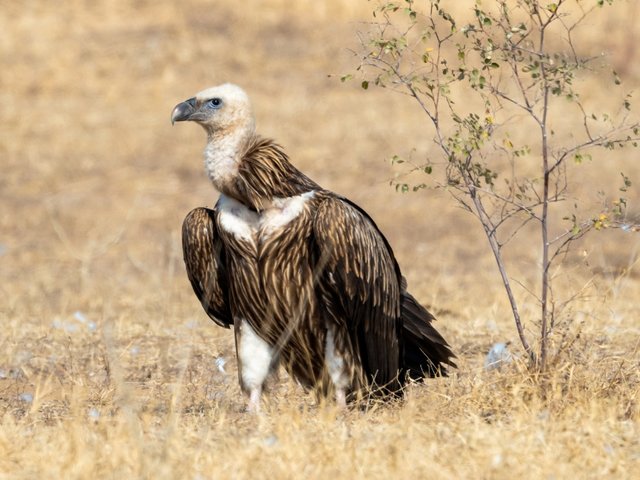
Thanks to the thin air at such heights, these shredded gliders achieve record-breaking lift, rarely needing to flap their wings. When food is spotted, groups of up to 100 vultures will swoop down to feast. At their nesting colonies perched on steep cliffs, these behemoths appear shockingly large up close.
08. Dalmatian Pelican: Wingspan: 9.9 ft
With the greatest wingspan of any pelican, the Dalmatian pelican is Europe and Asia’s gentle giant of the skies. Its magnificent patchwork of white and black feathers add a hint of elegance to this colossal waterbird.
While foraging for fish in eastern Europe’s lakes, the pelican slowly beats its wings in unison with several dozen flockmates.
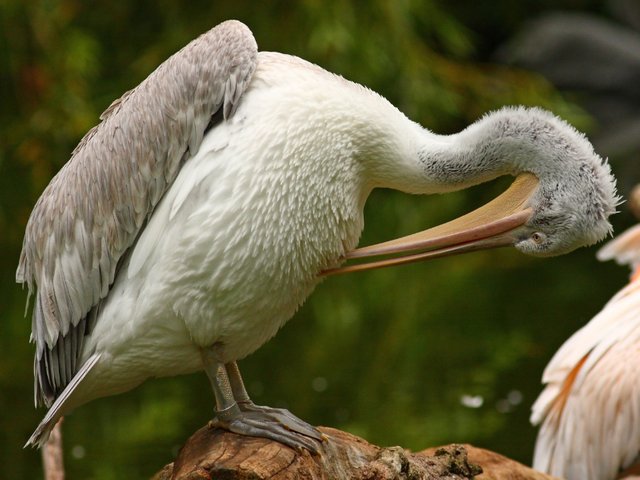
After scooping up prey in the super-stretchy pouch under its bill, it drinks the water back, separating the food from liquid before swallowing. Though widespread many centuries ago, their total population now consists of just 15,000 individuals globally.
07. Great White Pelican: Wingspan: 10.5 ft
Our 7th place bird earns its name from supersized white plumage with subtle yellow highlights. As Africa’s biggest member of the pelican family, the great white pelican cuts an imposing figure wherever it roams.
With synchronized wingbeats, residential flocks patrol lush wetlands from southern Africa to Lake Victoria.
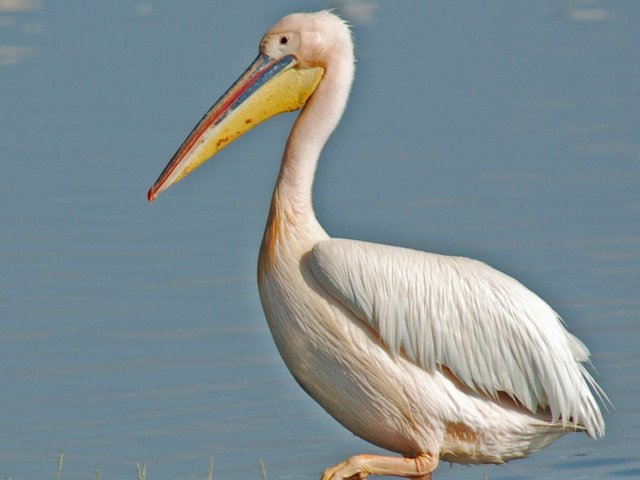
While these giants avoid the open ocean, they’re highly gregarious around inland fish-rich waters. Plunging their pouched bills in unison creates feeding frenzies resulting in dozens of disappearing fish!
To accommodate their huge wings, great white pelicans run across water during takeoffs in slow-motion fashion to achieve full airborne lift.
06. Andean Condor: Wingspan: 10.5 ft
Ruling over South America’s mountain skyline is the legendary Andean condor. Possessing the largest wingspan of all raptors, this celebrity soars on rising winds to dizzying heights exceeding 17,000 feet! By riding air currents along endless ridgelines, Andean condors travel up to 100 miles a day in search of mammalian carcasses.
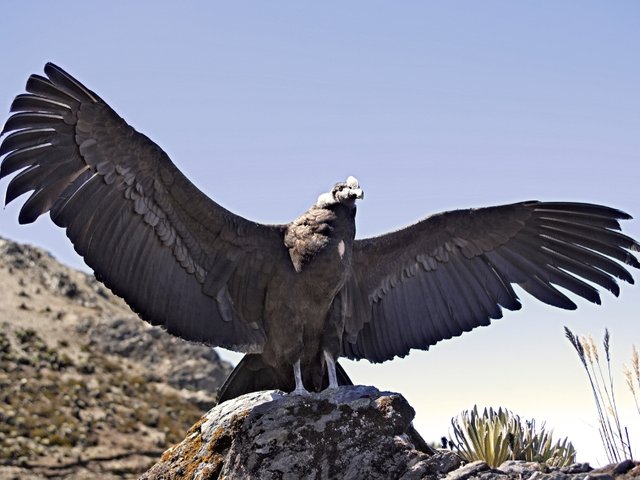
With few wingbeats required for movement, Andean condors are well-equipped for lengthy periods of gliding. Their bald heads and distinctive neck ruffs add to their ominous presence when encountered.
As one of the planet’s ultimate aerial specialists, Andean condors represent a true marvel of flight creature evolution.
05. Lappet-faced Vulture: Wingspan: 10 ft
If you’re wondering about the origins of this bird's peculiar name, it refers to the fleecy feathers covering its face. Staking its claim to Africa, this mega raptor scours grasslands and deserts across 35 countries for unsavory meals. With bone-crushing strength supplied by a 10-foot wingspan, the lappet-faced vulture dominates carcasses too tough for lesser vultures to access.
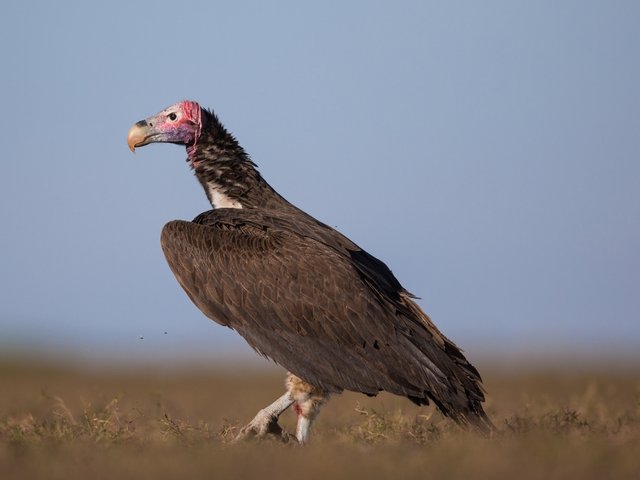
To reach such distant food sources, some individuals migrate over 4,300 miles between seasonal ranges! Beyond its bulk, this heavyweight terrorizes other African scavengers with sudden aggressive attacks. Even lions show concern when mobbed by frenzied flocks of these brawny bullies!
04. Great Albatross: Wingspan: 11 ft
Our first ocean wanderer, the great albatross, tops all others in wingspan length. Nesting on isolated Pacific and Indian Ocean islets, breeding pairs produce a single chick every two years. Once their young fledge the laboriously crafted nest, great albatross colonies disperse back at sea for years where colossal wings propel them without break.
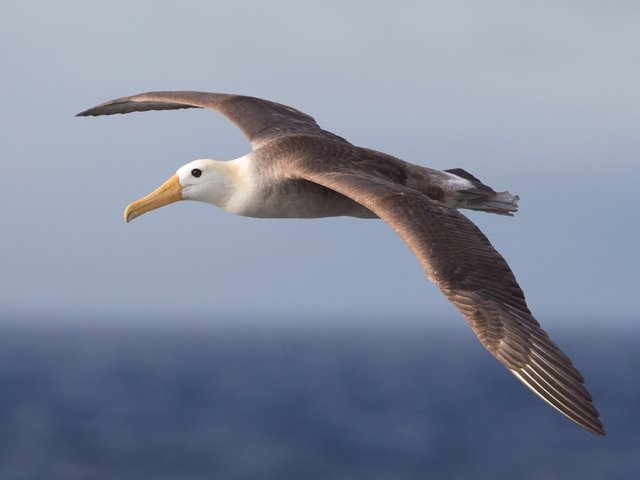
Thanks to locking wing joints and sinewy tendons, the great albatross cruises oceans with extreme power and grace. Covering an astounding 500 miles daily, these nomads hunt squid, fish and krill while riding howling winds above raging waves. With lifespans reaching 60 years on the wing, their extreme design sustains lengthy migrations around the globe.
03. Southern Royal Albatross: Wingspan: 11.4 ft
Claiming our 3rd spot and title for the largest albatross is New Zealand’s flagship ocean wanderer. Gliding low over churning Tasman Sea waves, the stylish southern royal albatross is built for life far from land. Its cutting-edge wings stretch over 11 feet tip-to-tip, locking rigidly into place once fully extended to ride chaotic winds.

Thanks to an advanced autopilot skeletal system, royal albatrosses bank and dip within inches of mountainous swells to pluck prey from the sea surface. Aerodynamic feats aside, their showstopping plumage adds magnificence in flight.
Reveling in the freedom of endless blue skies towering over a bottomless seascape describes the essence of their existence.
02. Trumpeter Swan: Wingspan: 10 ft
The trumpeter swan ranks among the world’s largest waterfowl and heaviest flying birds. Named for its sonorous vocalizations, trumpeters migrate in wavering lines over mid-America between breeding and wintering wetlands. Each autonomous flock totals around 100 birds maintaining contact through constant conversational clucks and calls.
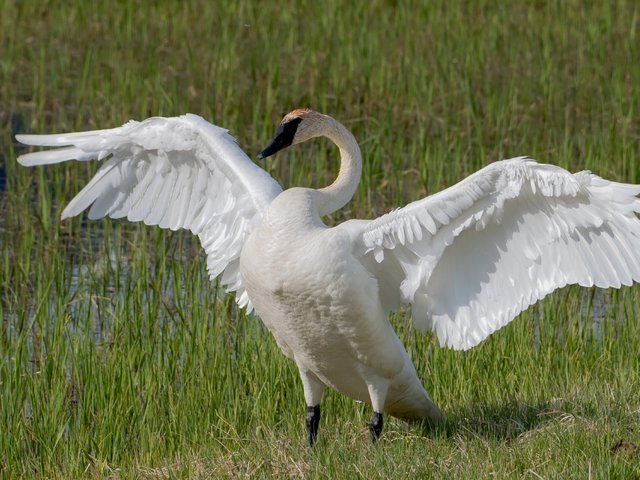
On the wing, their broad hand-like wings row powerfully to keep their hefty 20-pound bodies airborne. During takeoffs, the trumpeter swan requires sprinting across water with rapid foot paddling to achieve necessary lift!
Once cruising altitude is reached, that wingspan-to-weight ratio provides smooth lift over thousands of miles.
01. Wandering Albatross: Wingspan: 11.5 ft
And finally, boasting the most extensive wings on the planet is the legendary wandering albatross! Setting the gold standard for supreme aerial mobility, wanderers are built exclusively for life on the wing. Covering vast swathes of Earth’s loneliest oceans, their record span enables flying 500 miles daily with ease.

Perfectly adapted to extract energy from rowdy winds, wandering albatross wings can lock fully open for soaring sessions lasting many hours. Employing dynamic soaring, these specialists artfully dart within feet of waves while harnessing gale force gusts for bursts of speed up to 70 mph!
Topping off their stats, wandering albatrosses boast the fastest glide velocity of all animals—truly deserving the title of world’s greatest flyer!
My name is Kawkab Nadim! I completed my Bachelor’s in Computer Science. Engineering wasn’t my calling, and I like blogging!
I have a passion for animals and love taking care of pets. That’s why I also operate several blogs about pet and animal husbandry. You can follow my blog sites:
01. Animal Discuss
02. Any Cardinals
03. Nursing Pets
04. Honest Fishers
![]()
Top 10 World's Smallest Birds
10 Rarest Birds in the World
@worthmind
@docktalk